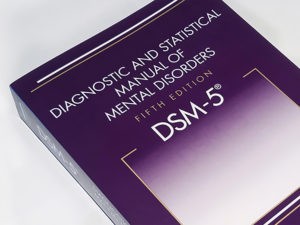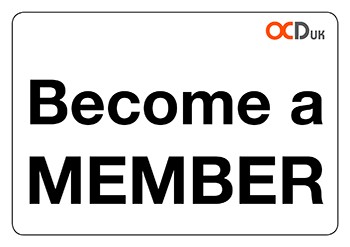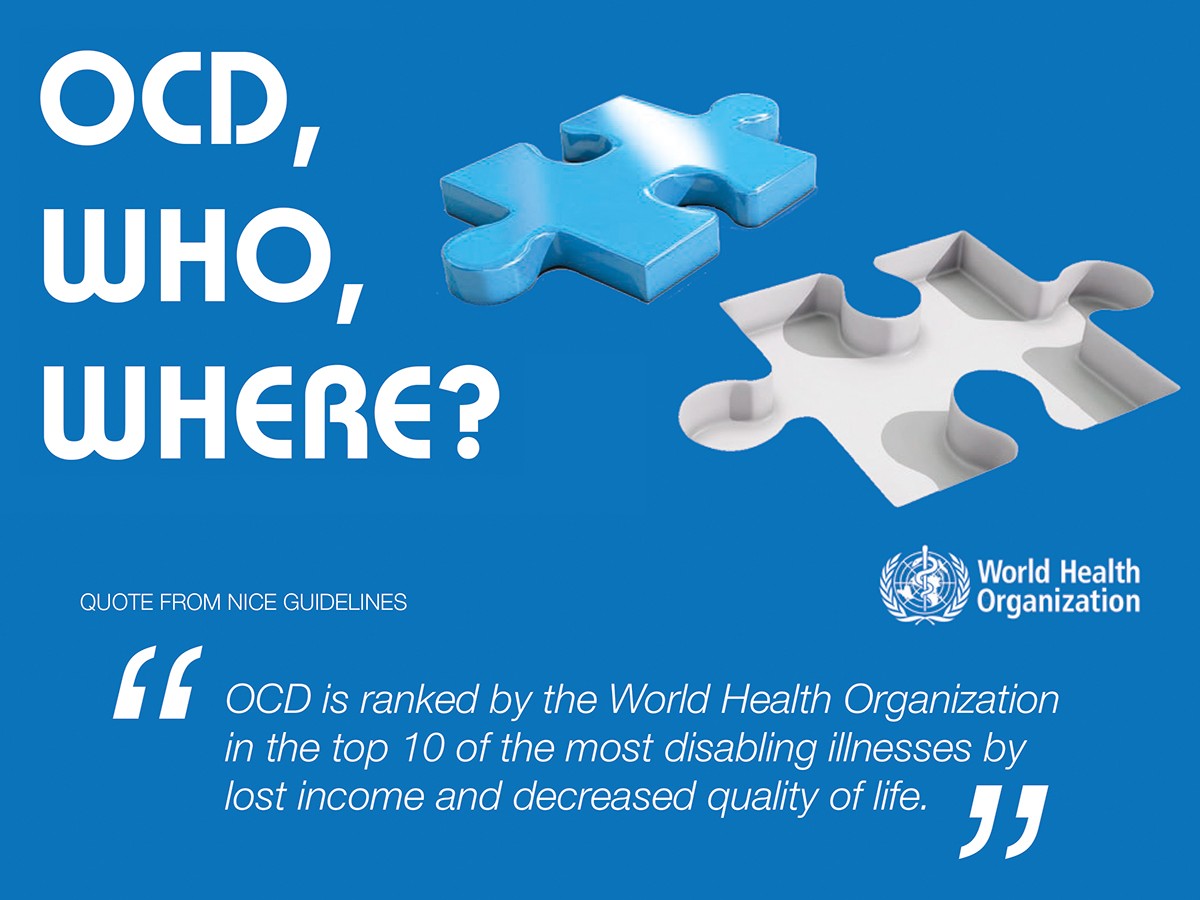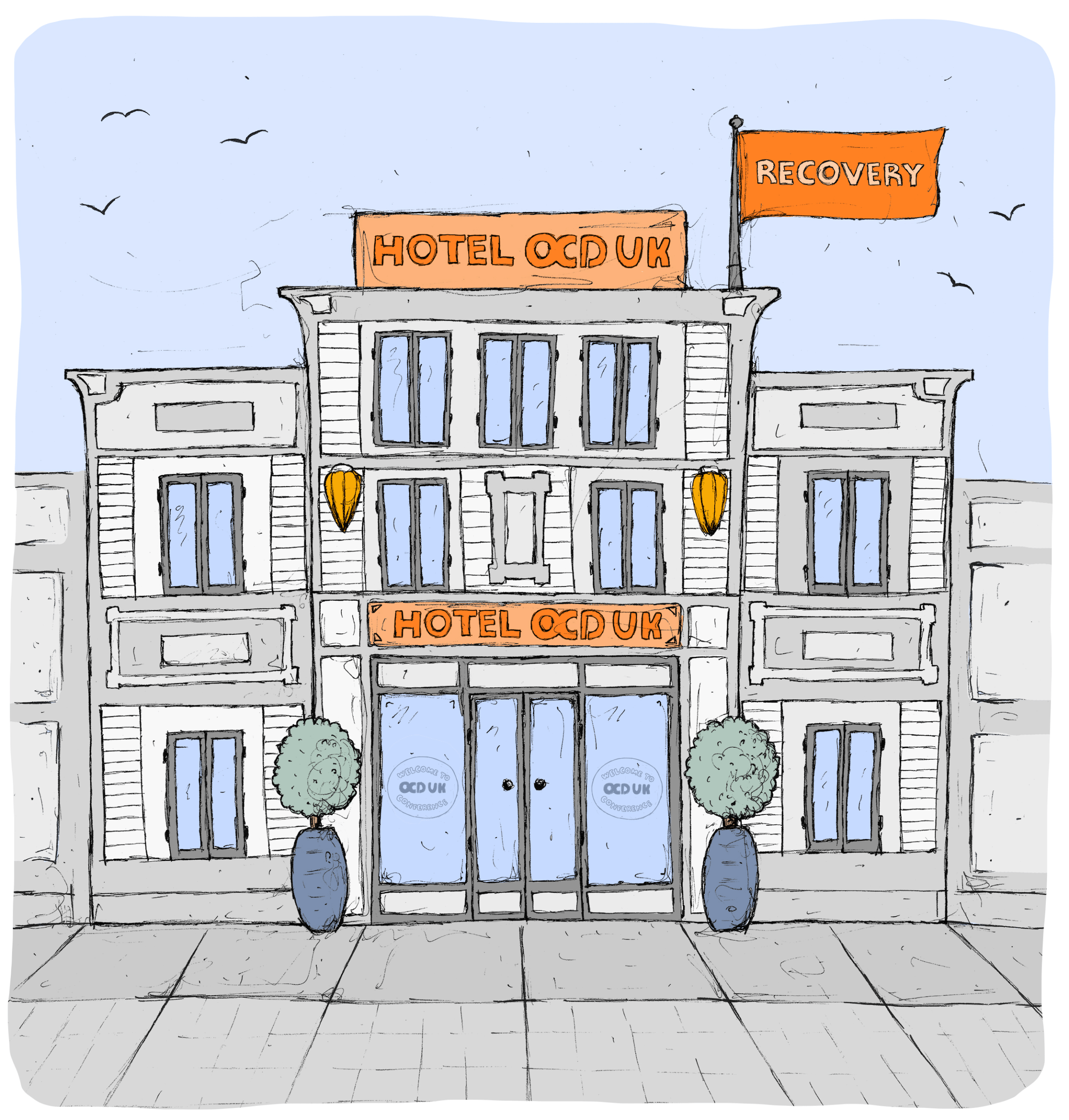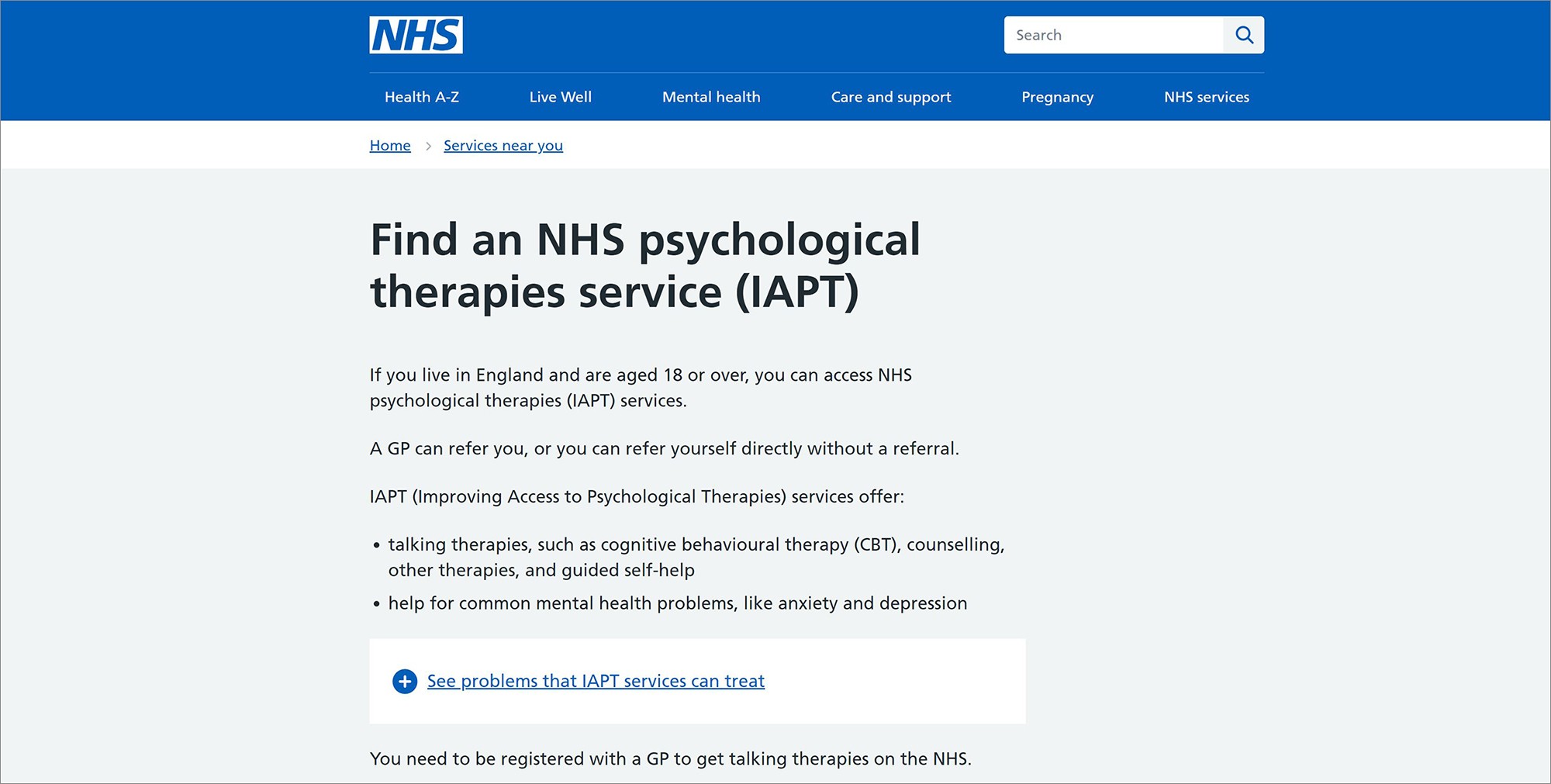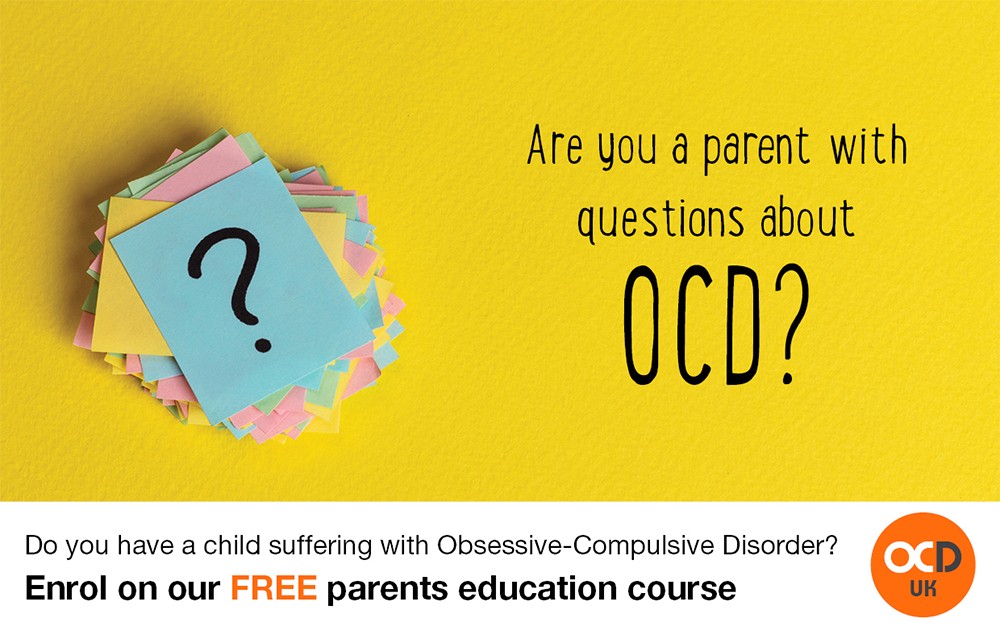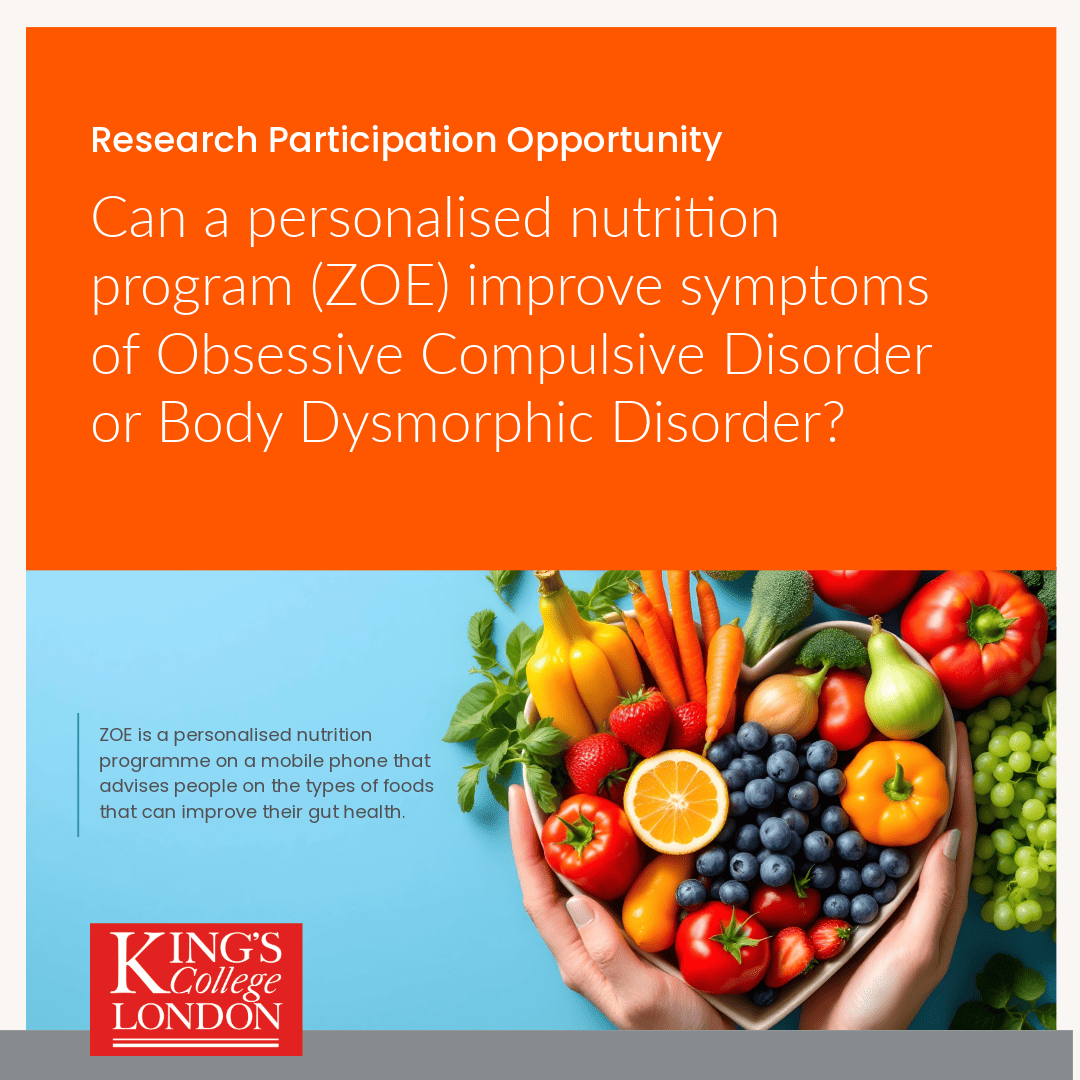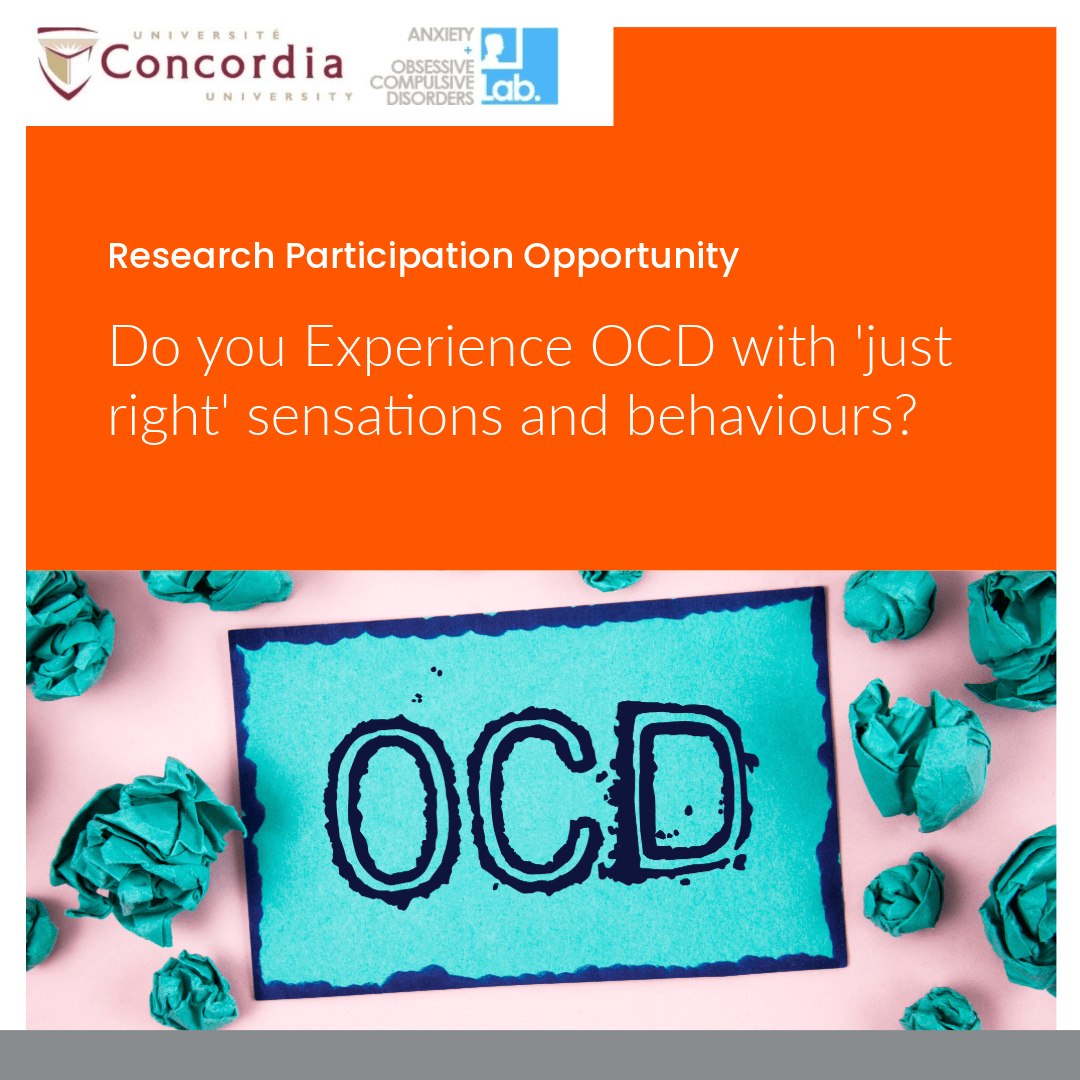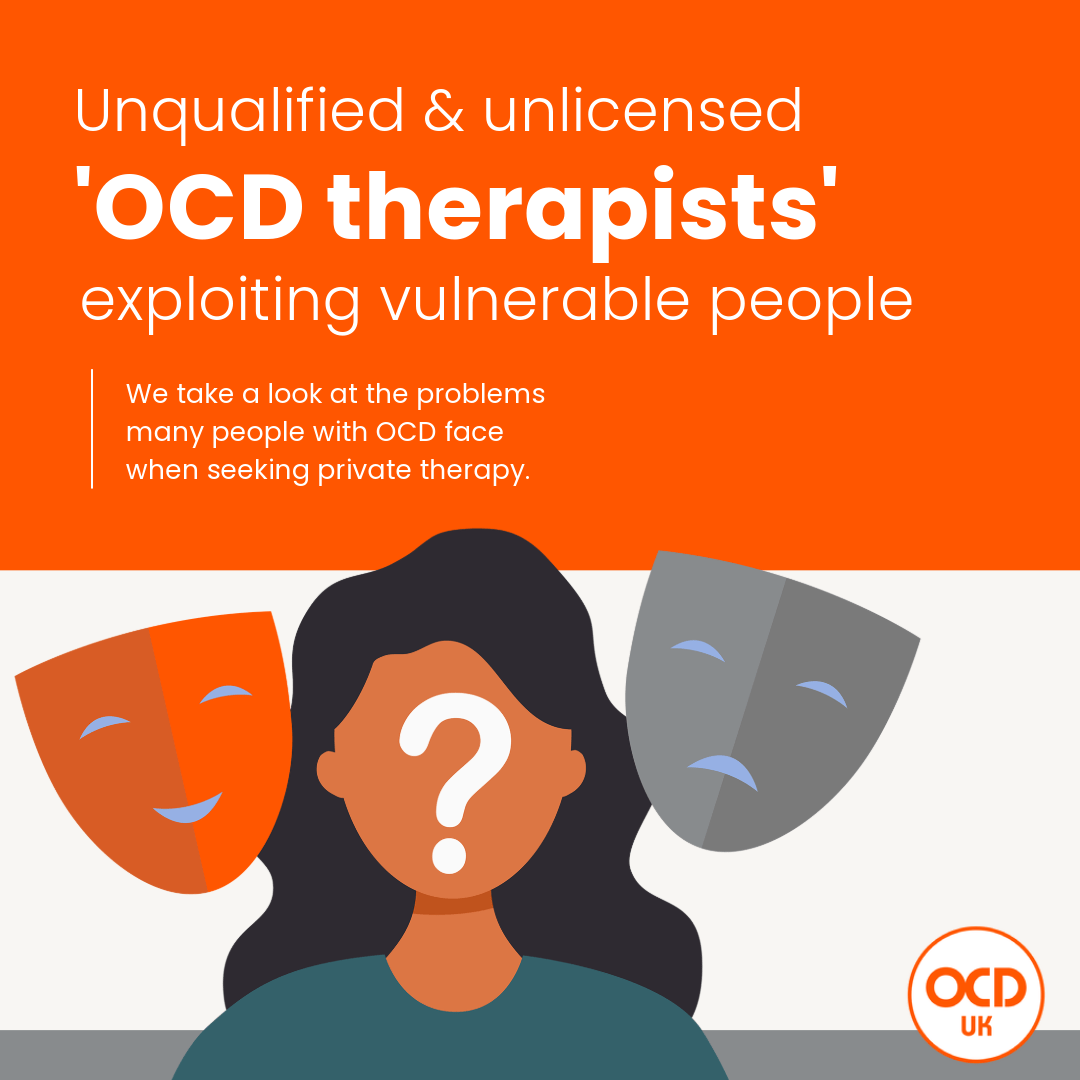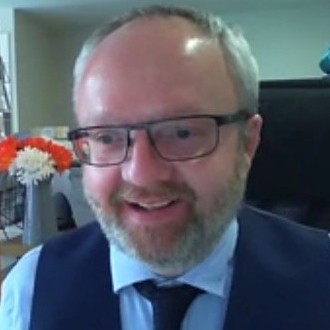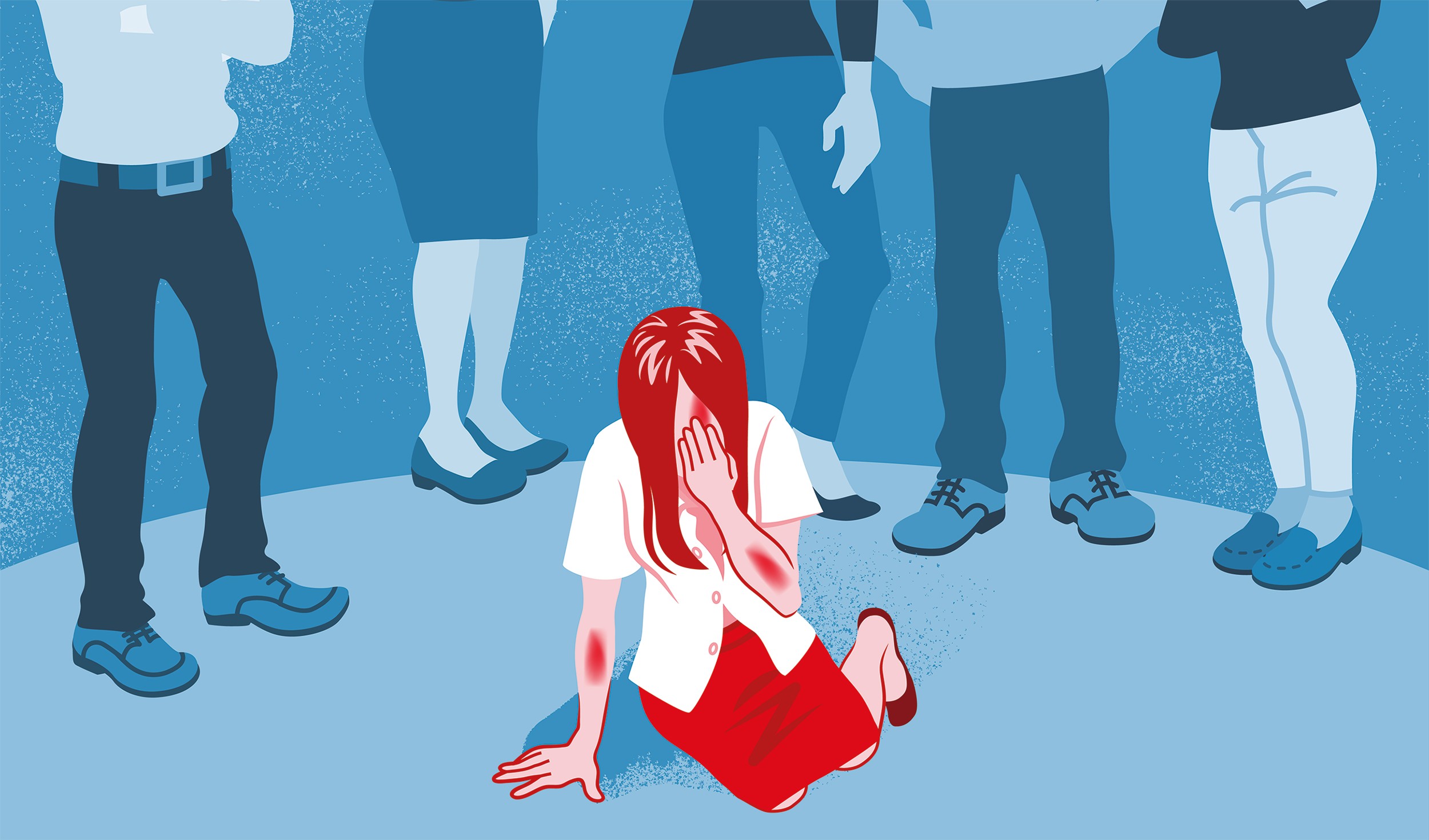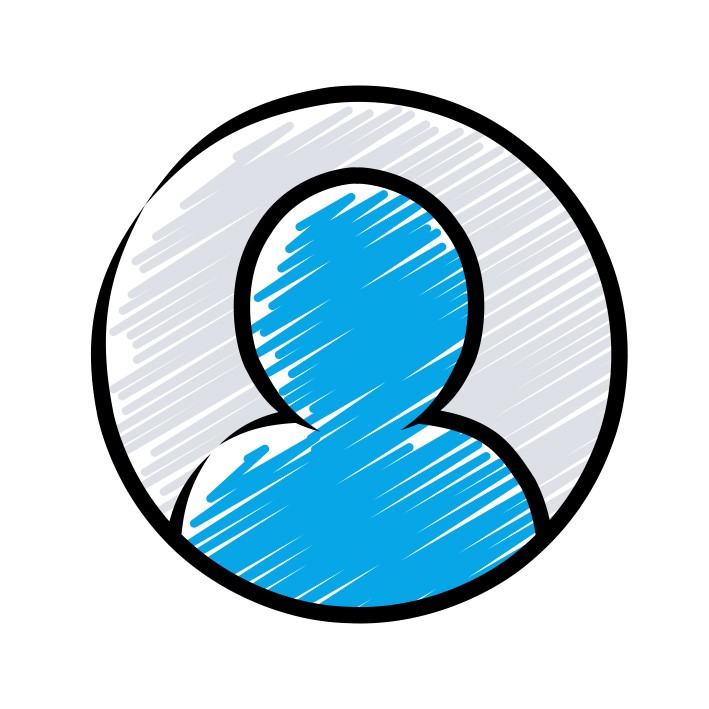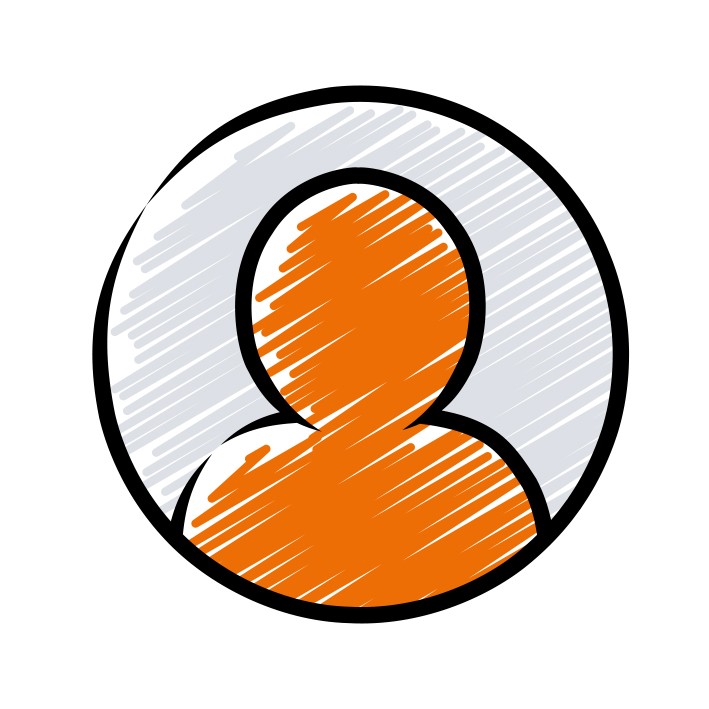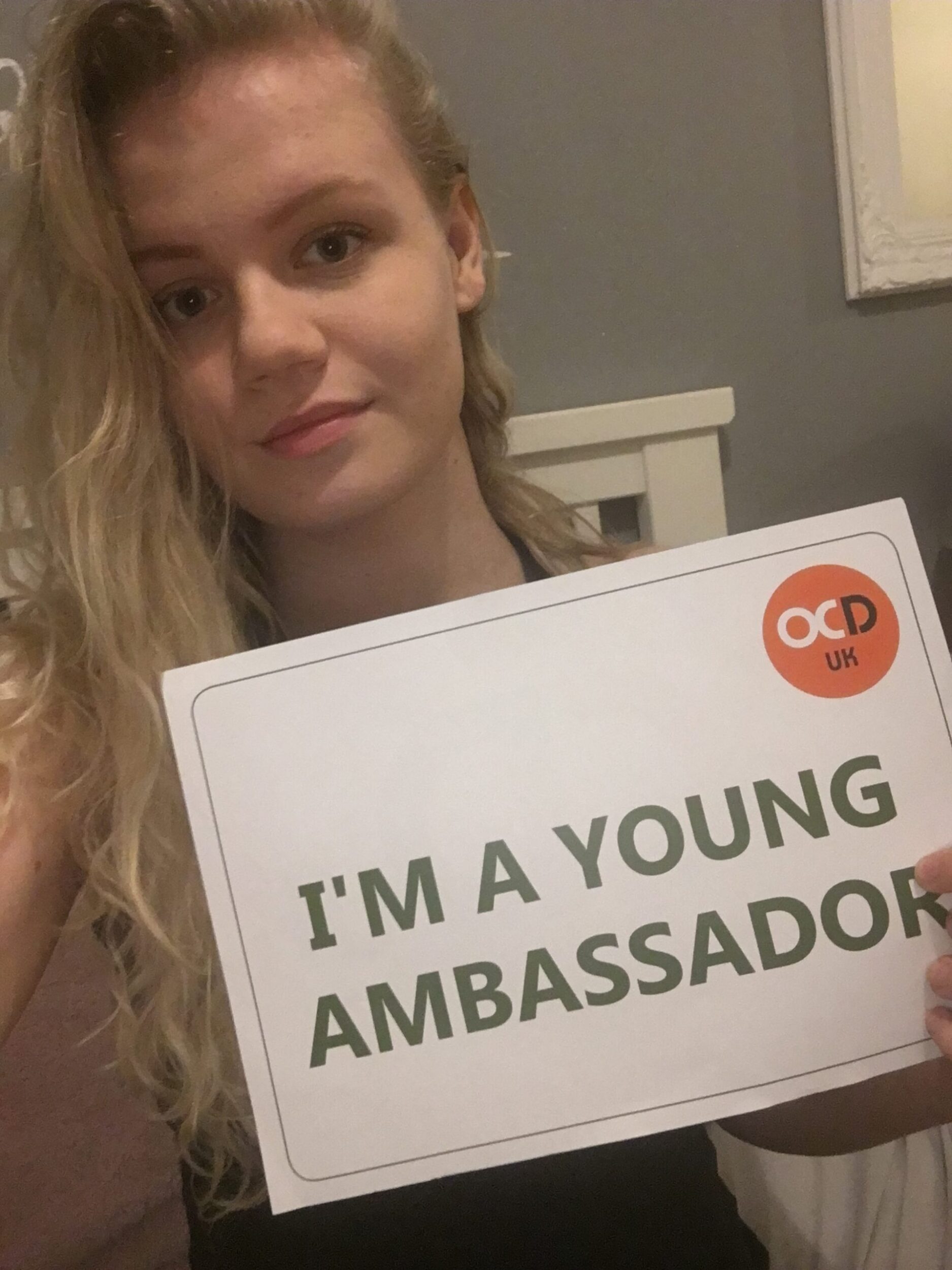DSM-5 Categorisation
In DSM-5, Trichotillomania (Hair-Pulling) Disorder sits under its own category of
Obsessive-Compulsive and Related Disorders. Within that the following subcategories were placed:
- Obsessive Compulsive Disorder (OCD)
- Body Dysmorphic Disorder (BDD)
- Hoarding Disorder
- Trichotillomania
- Excoriation (Skin Picking) Disorder
- Substance/Medication-induced Obsessive-Compulsive and related Disorder
- Obsessive-Compulsive and Related Disorder due to another medical condition
- Other specified Obsessive-Compulsive and Related Disorder
- Unspecified Obsessive-Compulsive and Related Disorder
In terms of the actual diagnostic criteria the DSM-5 lists the following:
Diagnostic Criteria
312.39 (L63.2)
A. Recurrent pulling out of one’s hair, resulting in hair loss.
B. Repeated attempts to decrease or stop hair pulling.
C. The hair pulling causes clinically significant distress or impairment in social, occupational, or other important areas of functioning.
D. The hair pulling or hair loss is not attributable to another medical condition (e.g., a dermatological condition).
E. The hair pulling is not better explained by the symptoms of another mental disorder (e.g., attempts to improve a perceived defect or flaw in appearance in body dysmorphic disorder).
Diagnostic Features
The essential feature of trichotillomania (hair-pulling disorder) is the recurrent pulling out of one’s own hair (Criterion A). Hair pulling may occur from any region of the body in which hair grows; the most common sites are the scalp, eyebrows, and eyelids, while less common sites are axillary, facial, pubic, and peri-rectal regions. Hair-pulling sites may vary over time. Hair pulling may occur in brief episodes scattered throughout the day or during less frequent but more sustained periods that can continue for hours, and such hair pulling may endure for months or years. Criterion A requires that hair pulling lead to hair loss, although individuals with this disorder may pull hair in a widely distributed pattern (i.e., pulling single hairs from all over a site) such that hair loss may not be clearly visible. Alternatively, individuals may attempt to conceal or camouflage hair loss (e.g., by using makeup, scarves, or wigs). Individuals with trichotillomania have made repeated attempts to decrease or stop hair pulling (Criterion B). Criterion C indicates that hair pulling causes clinically significant distress or impairment in social, occupational, or other important areas of functioning. The term distress includes negative affects that may be experienced by individuals with hair pulling, such as feeling a loss of control, embarrassment, and shame. Significant impairment may occur in several different areas of functioning (e.g., social, occupational, academic, and leisure), in part because of avoidance of work, school, or other public situations.
Associated Features Supporting Diagnosis
Hair pulling may be accompanied by a range of behaviors or rituals involving hair. Thus, individuals may search for a particular kind of hair to pull (e.g., hairs with a specific texture or color), may try to pull out hair in a specific way (e.g., so that the root comes out intact), or may visually examine or tactilely or orally manipulate the hair after it has been pulled (e.g., rolling the hair between the fingers, pulling the strand between the teeth, biting the hair into pieces, or swallowing the hair).
Hair pulling may also be preceded or accompanied by various emotional states; it may be triggered by feelings of anxiety or boredom, may be preceded by an increasing sense of tension (either immediately before pulling out the hair or when attempting to resist the urge to pull), or may lead to gratification, pleasure, or a sense of relief when the hair is pulled out. Hair-pulling behavior may involve varying degrees of conscious awareness, with some individuals displaying more focused attention on the hair pulling (with preceding tension and subsequent relief), and other individuals displaying more automatic behavior (in which the hair pulling seems to occur without full awareness). Many individuals report a mix of both behavioral styles. Some individuals experience an “itch-like” or tingling sensation in the scalp that is alleviated by the act of pulling hair. Pain does not usually accompany hair pulling.
Pattems ofhair loss are highly variable. Areas of complete alopecia, as well as areas of thinned hair density, are common. When the scalp is involved, there may be a predilection for pulling out hair in the crown or parietal regions. There may be a pattern of nearly complete baldness except for a narrow perimeter around the outer margins of the scalp, particularly at the nape of the neck (“tonsure trichotillomania”). Eyebrows and eyelashes may be completely absent.
Hair pulling does not usually occur in the presence of other individuals, except immediate family members. some individuals have urges to pull hair from other individuals and may sometimes try to find opportunities to do so surreptitiously. Some individuals may pull hairs from pets, dolls, and other fibrous materials (e.g., sweaters or carpets). Some individuals may deny their hair pulling to others. The majority of individuals with trichotillomania also have one or more other body-focused repetitive behaviors, including skin picking, nail biting, and lip chewing.
Prevalence
In the general population, the 12-month prevalence estimate for trichohllomama in adults and adolescents is 1-2%. Females are more frequently affected than males, at a ratio of
approximately 10:1. This estimate likely reflects the true gender ratio of the condition although it may also reflect differential treatment seeking based on or attitudes regarding appearance (e.g., acceptance of normative hair loss among males). Among children with trichotillomania, males and females are more equally represented.
Development and Course
Hair pulling may be seen in infants, and this behavior typically resolves during early development. Onset of hair pulling in trichotillomania most commonly coincides with, or follows the onset of, puberty. Sites of hair pulling may vary over time. The usual course of trichotillomania is chronic, with some waxing and waning if the disorder is untreated. Symptoms may possibly worsen in females accompanying hormonal changes (e.g., menstruation, perimenopause). For some individuals, the disorder may come and go for weeks, months, or years at a time. A minority of individuals remit without subsequent relapse within a few years of onset.
Risk and Prognostic Factors
Genetic and physiological. There is evidence for a genetic vulnerability to trichotillomania. The disorder is more common in individuals with obsessive-compulsive disorder (OCD) and their first-degree relatives than in the general population.
Culture-Related Diagnostic Issues
Trichotillomania appears to manifest similarly across cultures, although there is a paucity of data from non-Western regions.
Diagnostic Markers
Most individuals with trichotillomania admit to hair pulling; thus, dermatopathological diagnosis is rarely required. Skin biopsy and dermoscopy (or trichoscopy) of trichotillomania are able to differentiate the disorder from other causes of alopecia. In trichotillomania, dermoscopy shows a range of characteristic features, including decreased hair density, short vellus hair, and broken hairs with different shaft lengths.
Functional Consequences of Trichotillomania (Hair-Pulling) Disorder
Trichotillomania is associated with distress as well as with social and occupational impairment. There may be irreversible damage to hair growth and hair quality. Infrequent mediCal consequences of trichotillomania include digit purpura, musculoskeletal injury (e.g., carpal tunnel syndrome; back, shoulder and neck pain), blepharitis, and dental damage (e.g., worn or broken teeth due to hair biting). Swallowing of hair (trichophagia) may lead to trichobezoars, with subsequent anemia, abdominal pain, hematemesis, nausea and vomiting, bowel obstruction, and even perforation.
Comorbidity
Trichotillomania is often accompanied by other mental disorders, most commonly major depressive disorder and excoriation (skin-picking) disorder. Repetitive body-focused symptoms other than hair pulling or skin picking (e.g. nail biting) occur in the majority of individuals with trichotillomania and may deserve an additional diagnosis of other specified obsessive-compulsive and related disorder (i.e., body-focused repetitive behavior disorder).

